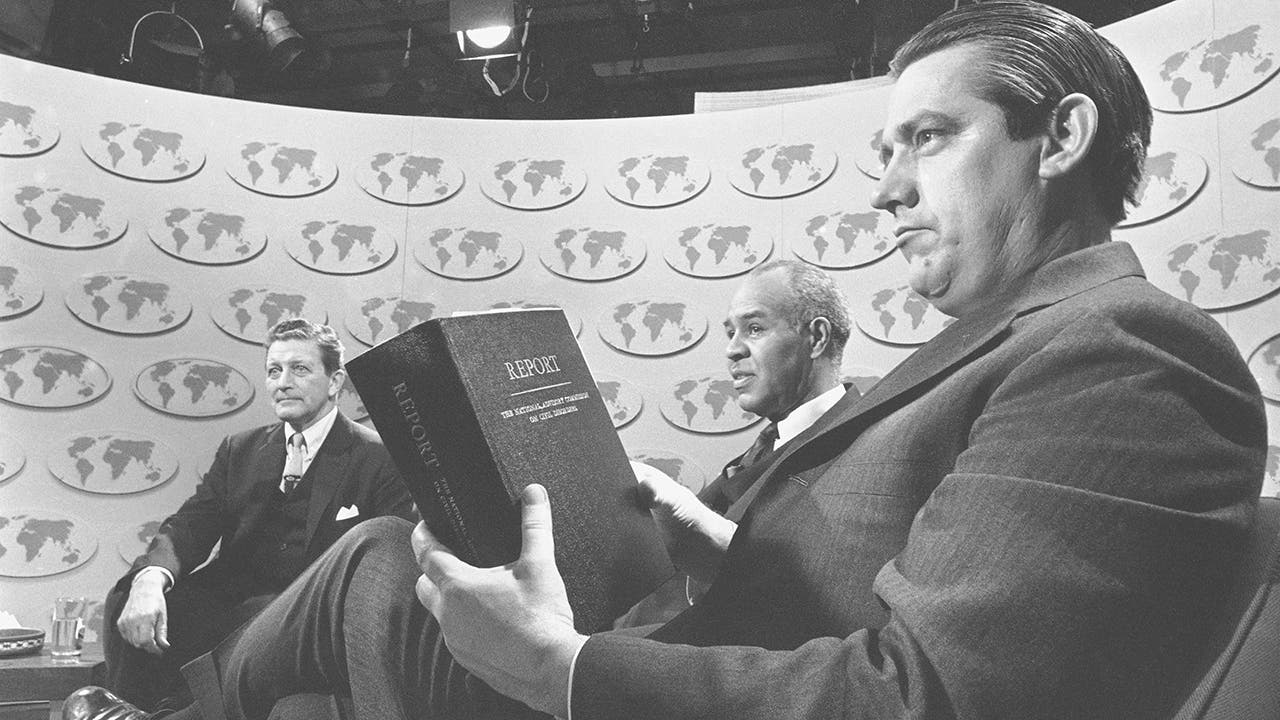World
Gaza humanitarian pause should evolve into ceasefire – EU top diplomat
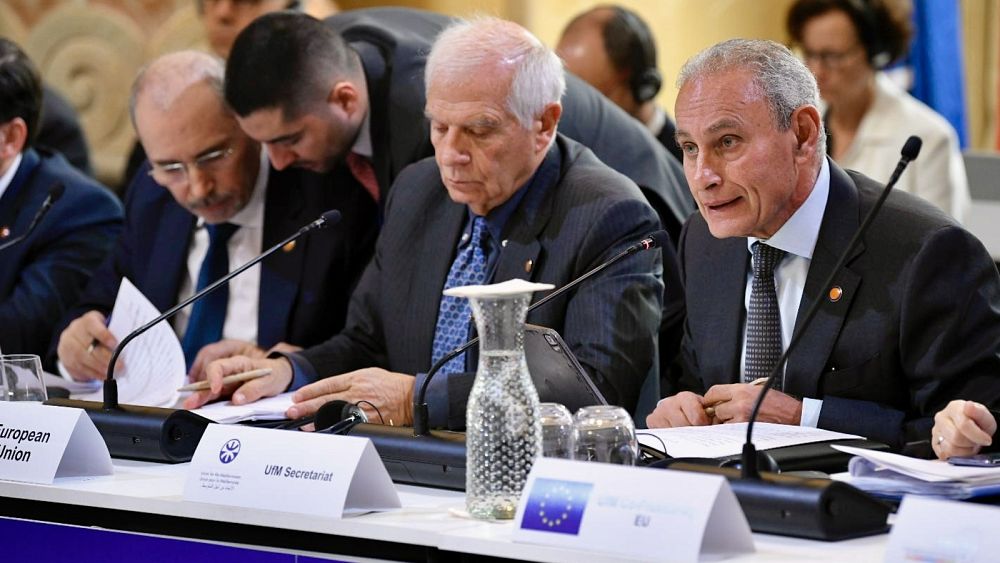
The four-day truce struck between Israel and Hamas should be extended and “evolve into a permanent ceasefire,” the European Union’s top diplomat Josep Borrell said on Monday.
“The pause should be extended to make it sustainable and long-lasting while working for a political solution,” Borrell said during a meeting of Union for the Mediterranean foreign ministers in Barcelona.
“A prolonged ceasefire that allows more hostages to be released, and that evolves towards a permanent ceasefire linked to a political process, is something we have consensus on,” he further explained to reporters.
Borrell also outlined his vision for a political resolution to the conflict based on the so-called two-state solution where a reinforced Palestinian Authority would take control of the Gaza Strip with the backing of the European Union.
He told reporters failing to do so would make Gaza “fertile ground” for violence and extremism that would not be in Europe’s interest.
The meeting marked the start of a two-day forum of the Union of the Mediterranean, which will focus on the conflict engulfing the Gaza Strip with an aim to boost political efforts to work towards a peaceful solution. Israel has not sent a representative, despite it being one of the founding members.
Borrell’s remarks come as the four-day pause in hostilities, mediated by Qatar, Egypt and the US to allow the exchange of Israeli hostages for Palestinian prisoners, and the entry of aid into the Gaza strip, entered its final day.
Hamas said on Sunday it would be willing to extend the truce, while Israel suggested an extension would be conditional on the release of more of its civilians held captive in Gaza.
Earlier on Monday, NATO secretary-general Jens Stoltenberg also called for the pause in fighting in Gaza to be extended to allow the flow of further aid and the release of more civilian hostages.
In late October, European Union leaders issued a joint call for “humanitarian pauses” to relieve human suffering in Gaza, stopping short of calling for a humanitarian ceasefire despite calls from a handful of member states.
But statements made by some heads of EU governments in recent days have sparked Israeli outrage and threatened to fracture the EU’s hard-fought united stance on the conflict.
EU leaders reprimanded by Israel
During their joint visit to the region last week, Spanish and Belgian prime ministers Pedro Sánchez and Alexander De Croo denounced Israel for indiscriminate killings of civilians as they spoke to reporters at the Rafah crossing between Egypt and Gaza.
Israel’s foreign minister Eli Cohen condemned what he described as the “false statements” of Sánchez and De Croo, claiming that their comments “support terrorism.”
Sánchez, whose newly reinstated government holds the rotating presidency of the Council of the EU, said Madrid was open to unilaterally recognising the state of Palestine, even without the broader support of the European Union.
Hamas congratulated both leaders Saturday for their “clear and bold stance,” further inflaming Israeli indignation.
But Spanish foreign minister José Manuel Albares, who hosts the two-day Union for the Mediterranean forum, has rejected Israel’s accusations against Sánchez and De Croo as “completely false and unacceptable,” saying his government was mulling its response.
In a further escalation, Israel also accused Irish Taoiseach Leo Varadkar of losing his “moral compass” over the weekend, after Varadkar described nine-year-old Irish-Israeli hostage Emily Hand as being “lost” before her release by Hamas on Saturday.
“Emily and more than 30 other Israeli children were taken hostage by Hamas, and you Leo Varadkar are trying to legitimise and normalise terror. Shame on you!” Cohen said in a statement on social media platform X, formerly Twitter.
Varadkar later released a formal statement which said Hand had been “snatched”, “held captive” and “a hostage.” “I have always been consistent in my unequivocal condemnation of Hamas and hostage-taking,” the taoiseach told Irish national broadcaster RTÉ.
The ambassadors of Spain, Belgium and Ireland have been summoned by the Israeli foreign ministry, in a clear sign of escalating diplomatic tension.
“The latest issues between Israel and Spain and Belgium are purely bilateral and they are not for us to comment,” a spokesperson for the European Commission said earlier on Monday.
Borrell “appalled” by plans to fund settlements
Borrell also said on Monday he was “appalled” by reports that the Israeli government would allocate further funds for illegal settlements in occupied Palestinian territories.
“I was appalled to see that the Israel government plans to allocate another $43 million to increase the settlement activities, and I have condemned it,” he said ahead of the meeting.
“The violence spread by extremist settlers in the West Bank, many times under the protection of Israeli police and military, does not make Israel safer. The settlements are Israel’s greatest security liability,” he added.
His comments came as Israel’s war cabinet is expected to discuss an amended wartime budget. Proposals made by finance minister Bezalel Smotrich to continue to funnel funds towards settlement development have highlighted deep rifts in the cabinet, with some ministers criticising the plans for diverting finances from war efforts.
A presidential spokesperson on behalf of the Palestinian Authority also said earlier on Monday that the Israeli finance minister, Bezalel Smotrich, was planning to allocate funds in the 2023 budget to “entrench colonisation in the Palestinian territories.”
According to the United Nations, attacks by Israeli settlers in the occupied West Bank and East Jerusalem have surged at an unprecedented rate since the conflict erupted on October 7th.
Far-right security minister Itamar Ben Gvir has announced days following Hamas’ attack that his government would purchase 10,000 rifles for civilian security squads in West Bank settlements.
European Commission President Ursula von der Leyen, widely considered one of the most pro-Israeli voices in Brussels, joined calls on Friday for an end to settler violence.
“Unacceptable violence by extremists in the West Bank has to stop,” she said during a press conference in Canada.

World
Ukraine to analyze fragments of missile fired by Russia capable of carrying nuclear warheads

Investigators in Ukraine are analyzing the debris of a new intermediate-range ballistic missile (IRBM) fired by Russia at the city of Dnipro on Thursday, marking the first time the weapon had been used on the battlefield.
On Sunday, Ukraine’s Security Service showed the remaining fragments of the IRBM called Oreshnik – Russian for Hazel Tree – that struck a factory to The Associated Press.
Russian President Vladimir Putin confirmed the attack on Thursday evening in an address to the nation and said it was in direct response to the U.S. and the U.K. jointly approving Ukraine’s use of Western-supplied long-range missiles to target Russia.
The Pentagon has said the missile is based on Russia’s RS-26 Rubezh intercontinental ballistic missile (ICBM), though the wreckage has not yet been analyzed, according to security officials on site in an undisclosed location in Ukraine.
‘NEW’ RUSSIAN MISSILE USED AGAINST UKRAINE NOT HYPERSONIC, DEFENSE OFFICIALS SAY
Fragments of a rocket which struck Dnipro on November 21 are seen at a center for forensic analysis in undisclosed location, Ukraine, Sunday Nov. 24, 2024. (AP Photo/Evgeniy Maloletka)
The AP and other media were permitted to view the fragments before being taken over by investigators.
The wire service showed images of what it described as mangled and charred wires, along with an ashy airframe about the size of a large snow tire. The remains were all that were left of the IRBM, which can carry nuclear or conventional warheads.
“It should be noted that this is the first time that the remains of such a missile have been discovered on the territory of Ukraine,” a specialist with Ukraine’s Security Service said. The specialist only identified himself by his first name Oleh because he was not authorized to discuss the issue with the media.
1,000 DAYS OF WAR IN UKRAINE AS ZELENSKYY DOUBLES DOWN ON AERIAL OPTIONS WITH ATACMS, DRONES AND MISSILES
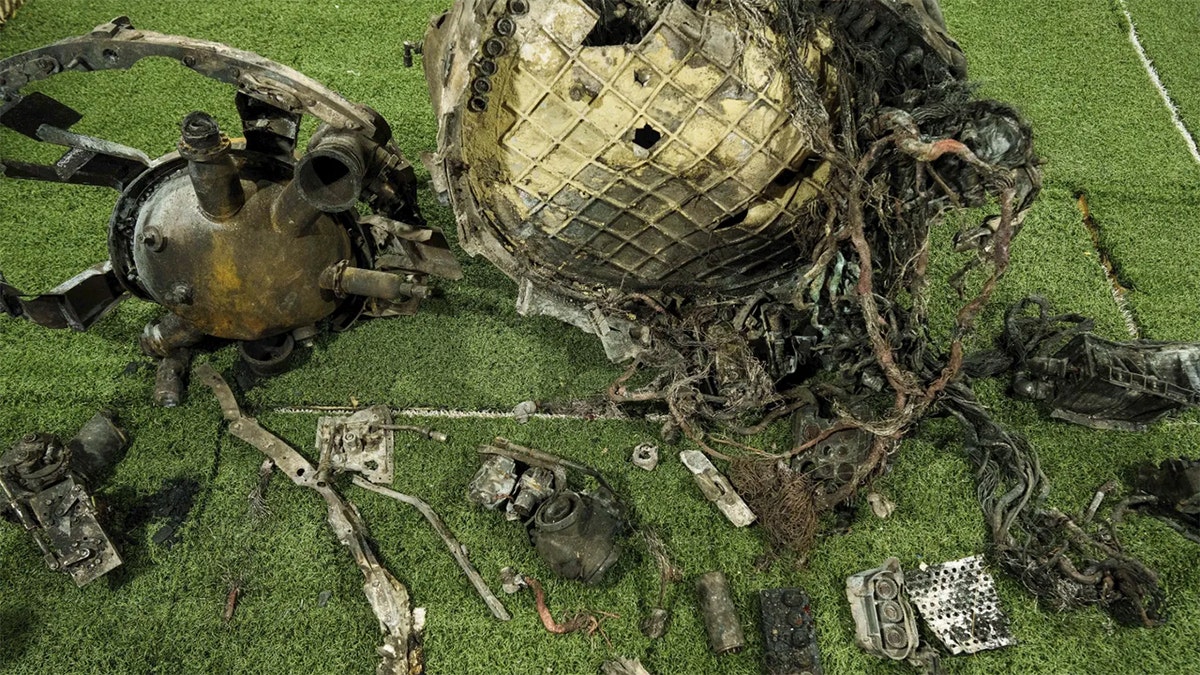
Fragments of a rocket which struck Dnipro on November 21 are seen at a center for forensic analysis in undisclosed location, Ukraine, Sunday Nov. 24, 2024. (AP Photo/Evgeniy Maloletka)
Ukraine’s Main Intelligence Directorate said the missile was launched from the 4th Missile Test Range, Kapustin Yar, in Russia’s Astrakhan region. Once launched, Ukrainian officials said, it flew for 15 minutes before striking Dnipro. The missile was carrying six warheads, each carrying six subunitions, and its speed was Mach 11.
Last week, Deputy Pentagon press secretary Sabrina Singh confirmed to reporters during a press briefing that Russia had launched the IRBM, noting that it was a “new type of lethal capability that was employed on the battlefield.”
She also said the U.S. was notified briefly before the launch through nuclear or risk reduction channels.
US EMBASSY IN KYIV CLOSED AS ‘POTENTIAL SIGNIFICANT AIR ATTACK’ LOOMS

Fragments of a rocket which struck Dnipro on November 21 are seen at a center for forensic analysis in undisclosed location, Ukraine, Sunday Nov. 24, 2024. (AP Photo/Evgeniy Maloletka)
Putin also said last week that the missile attacked targets at a speed of Mach 10.
Despite Ukraine’s and Putin’s claim that the rocket reached speeds greater than Mach 10, two U.S. defense officials told Fox News on Thursday the missile was not hypersonic, which, according to NASA, is a speed greater than 3,000 mph and faster than Mach 5.
Along with launching the IRBM for the first time on the battlefield, Putin signed a law to grant debt forgiveness to those who enlist in Russia’s army to fight in Ukraine.
US BRIEFED UKRAINE AHEAD OF PUTIN’S ‘EXPERIMENTAL INTERMEDIATE-RANGE BALLISTIC’ ATTACK
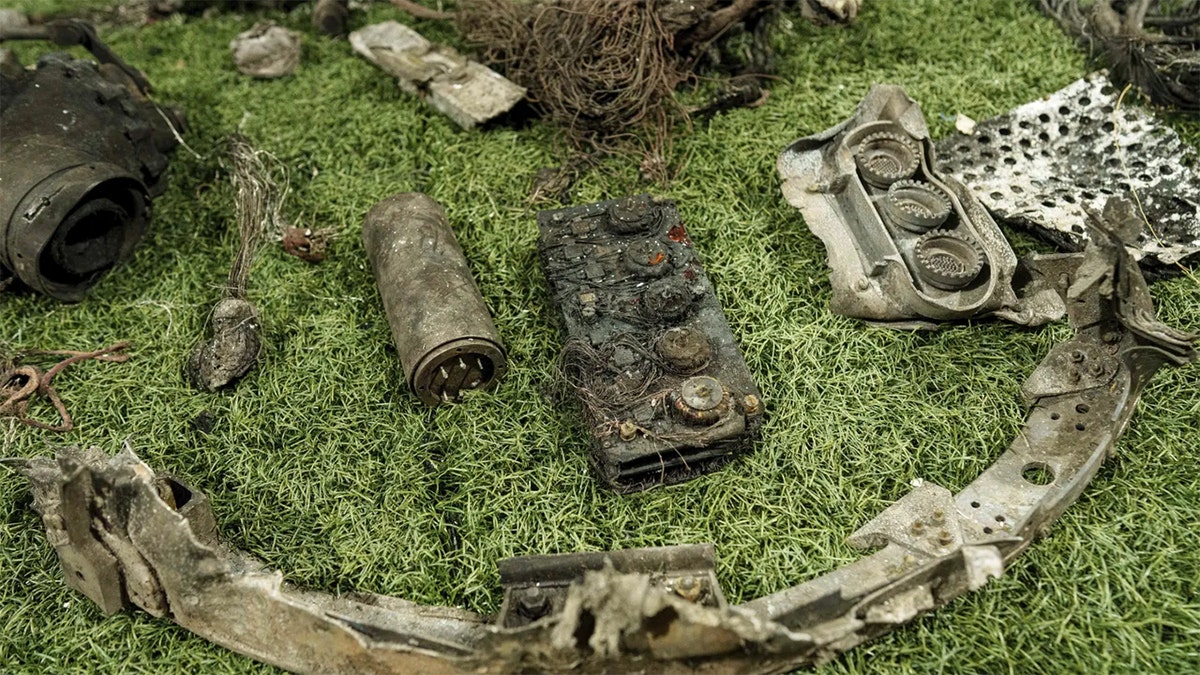
Fragments of a rocket which struck Dnipro on November 21 are seen at a center for forensic analysis in undisclosed location, Ukraine, Sunday Nov. 24, 2024. (AP Photo/Evgeniy Maloletka)
The AP reported that the measure highlights the country’s need for military personnel as it continues its war against Ukraine.
Russian state news agency Interfax said the new legislation allows new recruits enlisting for a one-year contract, to write off debts up to 10 million rubles, or about $96,000.
CLICK TO GET THE FOX NEWS APP
The law reportedly applies to debts in which a court order for collection was issued, and enforcement proceedings had commenced before Dec. 1, 2024. The legislation also applies to spouses of new recruits.
The Associated Press contributed to this report.
World
Voters in Switzerland say no to bigger motorways

The federal government argues that the volume of traffic on the motorway network has increased more than five times over the past sixty years.
Swiss voters took to the polls on Sunday to vote no to bigger motorways, no to easier evictions and tighter subletting rules and yes to a new healthcare financing model.
The Swiss government’s proposal to allocate €5.3 million for expanding motorways and constructing new roads at six key locations, including near Bern and between Geneva and Lausanne, was rejected by 52.7% of voters.
The plan, approved by parliament last year, faced opposition from those concerned about its environmental impact and effectiveness.
The federal government, argues that the volume of traffic on the motorway network has increased more than five times over the past 60 years.
The result was celebrated by the Green Party which called the proposal “an out-of-date transport policy”.
Together with left-wing and environmental groups, the Greens campaigned against the project, highlighting its environmental impact and the concern that wider roads would only lead to more traffic. They now advocate for the funds to be used for public transport, active mobility, and the renovation of existing motorways.
Mattea Meyer from the no camp expressed her satisfaction with the referendum result.
“I am incredibly pleased that a majority of the population does not want a highway expansion, and instead wants more climate protection, a transport transition that is climate-compatible, which the highway expansion is not,” she said.
According to local media to counter this decision the yes campaign, plans on moving forward with expansion projects separately through agglomeration programs, reducing the chance for cantonal referendums.
No to easier evictions
On Sunday, Swiss voters decided on multiple housing issues, such as subletting and lease termination.
53.8% of them rejected the proposal which would make it easier for landlords to terminate leases early in order to use properties for their own purposes.
Additionally, 51.6% voted against a plan for stricter regulations on subletting residential and commercial properties. According to local media, these issues attracted significant attention because tenancy laws affect the majority of Swiss citizens, with about 60% of the population renting their homes, the highest rate in Europe.
The proposal to ease eviction rules faced strong opposition, especially in French-speaking cantons, with Geneva seeing 67.8% of its voters against the plan due to the city’s ongoing housing shortage.
World
Earth bids farewell to its temporary 'mini moon' that is possibly a chunk of our actual moon
CAPE CANAVERAL, Fla. (AP) — Planet Earth is parting company with an asteroid that’s been tagging along as a “mini moon” for the past two months.
The harmless space rock will peel away on Monday, overcome by the stronger tug of the sun’s gravity. But it will zip closer for a quick visit in January.
NASA will use a radar antenna to observe the 33-foot (10-meter) asteroid then. That should deepen scientists’ understanding of the object known as 2024 PT5, quite possibly a boulder that was blasted off the moon by an impacting, crater-forming asteroid.
While not technically a moon — NASA stresses it was never captured by Earth’s gravity and fully in orbit — it’s “an interesting object” worthy of study.
The astrophysicist brothers who identified the asteroid’s “mini moon behavior,” Raul and Carlos de la Fuente Marcos of Complutense University of Madrid, have collaborated with telescopes in the Canary Islands for hundreds of observations so far.
Currently more than 2 million miles (3.5 million kilometers) away, the object is too small and faint to see without a powerful telescope. It will pass as close as 1.1 million miles (1.8 million kilometers) of Earth in January, maintaining a safe distance before it zooms farther into the solar system while orbiting the sun, not to return until 2055. That’s almost five times farther than the moon.
First spotted in August, the asteroid began its semi jog around Earth in late September, after coming under the grips of Earth’s gravity and following a horseshoe-shaped path. By the time it returns next year, it will be moving too fast — more than double its speed from September — to hang around, said Raul de la Fuente Marcos.
NASA will track the asteroid for more than a week in January using the Goldstone solar system radar antenna in California’s Mojave Desert, part of the Deep Space Network.
Current data suggest that during its 2055 visit, the sun-circling asteroid will once again make a temporary and partial lap around Earth.
___
The Associated Press Health and Science Department receives support from the Howard Hughes Medical Institute’s Science and Educational Media Group. The AP is solely responsible for all content.
-

 Business1 week ago
Business1 week agoColumn: Molly White's message for journalists going freelance — be ready for the pitfalls
-

 Science5 days ago
Science5 days agoTrump nominates Dr. Oz to head Medicare and Medicaid and help take on 'illness industrial complex'
-

 Politics7 days ago
Politics7 days agoTrump taps FCC member Brendan Carr to lead agency: 'Warrior for Free Speech'
-
/cdn.vox-cdn.com/uploads/chorus_asset/file/25739950/247386_Elon_Musk_Open_AI_CVirginia.jpg)
/cdn.vox-cdn.com/uploads/chorus_asset/file/25739950/247386_Elon_Musk_Open_AI_CVirginia.jpg) Technology6 days ago
Technology6 days agoInside Elon Musk’s messy breakup with OpenAI
-

 Lifestyle1 week ago
Lifestyle1 week agoSome in the U.S. farm industry are alarmed by Trump's embrace of RFK Jr. and tariffs
-

 World7 days ago
World7 days agoProtesters in Slovakia rally against Robert Fico’s populist government
-

 News6 days ago
News6 days agoThey disagree about a lot, but these singers figure out how to stay in harmony
-

 News7 days ago
News7 days agoGaetz-gate: Navigating the President-elect's most baffling Cabinet pick


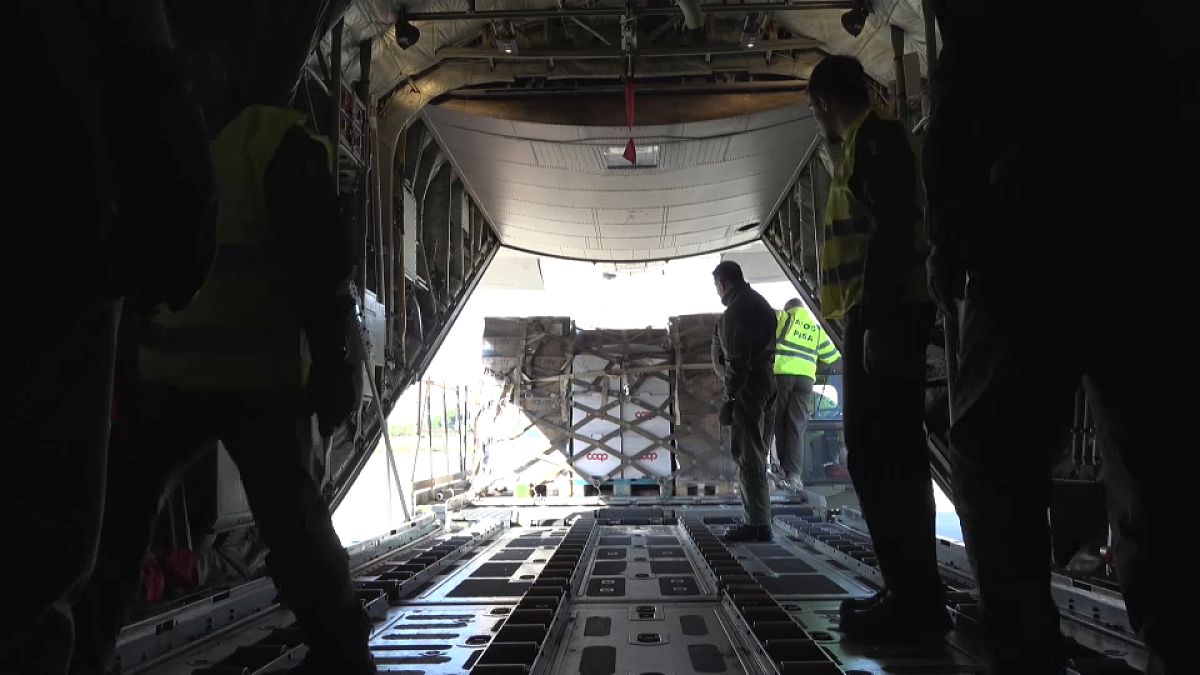
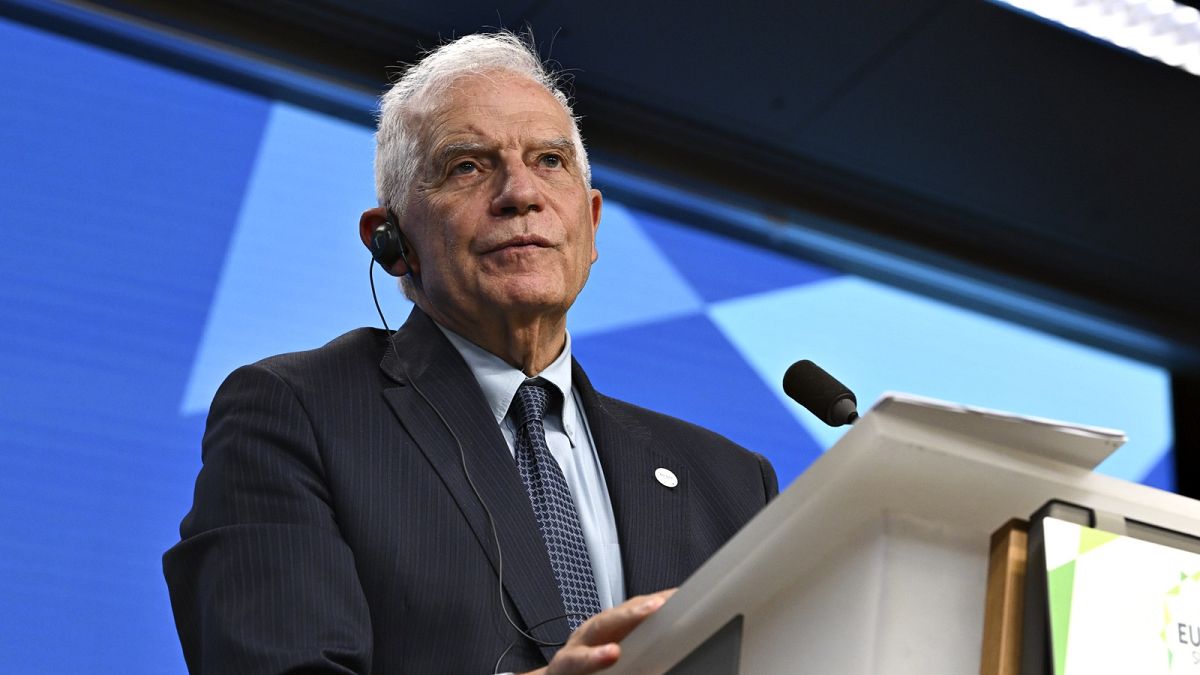




/cdn.vox-cdn.com/uploads/chorus_asset/file/25752946/1183652392.jpg)







